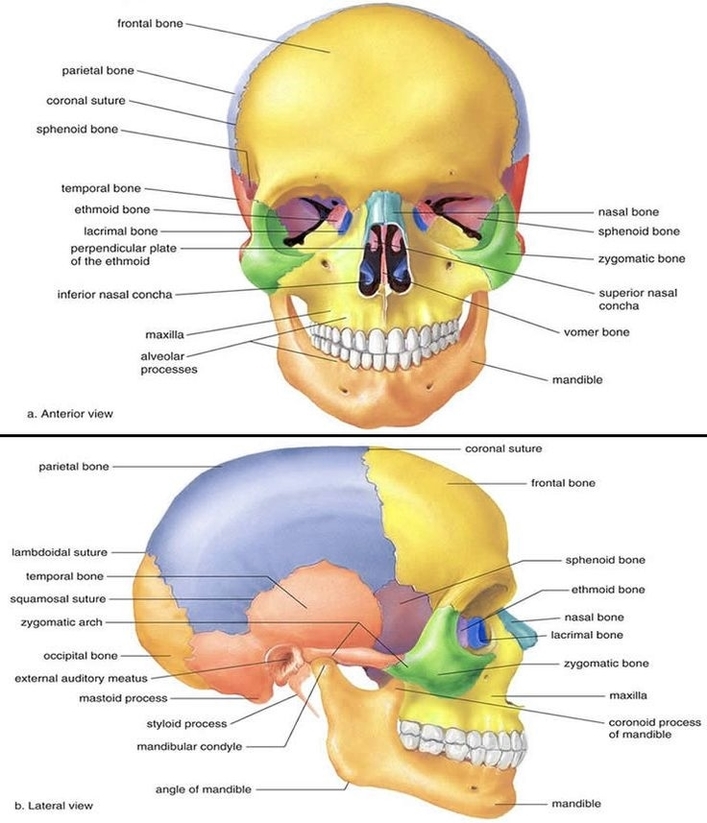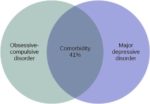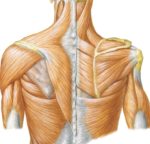The human skull, a marvel of biological engineering, serves as the bony structure that forms the head in the human skeleton. It is a complex assembly of 22 bones (or 29, including the inner ear bones and hyoid bone) that are mostly connected together by ossified joints, known as sutures. The skull can be divided into two main parts: the neurocranium (cranial bones) and the viscerocranium (facial bones).
Neurocranium
The neurocranium, also known as the braincase, is the upper part of the skull, which forms a protective case around the brain. It consists of eight bones:
1. Frontal Bone: Forms the forehead and the upper part of the eye sockets.
2. Parietal Bones (2): These form the sides and roof of the skull.
3. Temporal Bones (2): These form the lower sides of the skull and part of the cranial floor.
4. Occipital Bone: This forms the back and base of the skull. It contains the foramen magnum, a large opening for the spinal cord.
5. Sphenoid Bone: This forms part of the base of the skull, the sides of the skull, and the floors and sides of the orbits (eye sockets).
6. Ethmoid Bone: This contributes to the walls of the orbits, the roof and walls of the nasal cavity, and the nasal septum.
Viscerocranium
The viscerocranium, or the facial skeleton, comprises 14 bones that provide the framework for the face:
1. Maxillae (2): These form the upper jaw, the lower part of the orbits, and contain sockets for the upper teeth.
2. Palatine Bones (2): These contribute to the shape of the hard palate, the nasal cavity, and the orbits.
3. Zygomatic Bones (2): These form the cheekbones and part of the orbits.
4. Lacrimal Bones (2): These contribute to the medial walls of the orbits and house the lacrimal sacs, which help drain tears.
5. Nasal Bones (2): These form the bridge of the nose.
6. Inferior Nasal Conchae (2): These form part of the lateral walls of the nasal cavity.
7. Vomer: This forms the inferior and posterior parts of the nasal septum.
8. Mandible: This forms the lower jaw and contains sockets for the lower teeth.
The skull’s primary function is to protect the brain and support the structures of the face. It also forms a cavity for the brain and some sense organs. The human cranium is relatively large compared to the face, a characteristic that distinguishes humans from most other animals. The skull is supported by the highest vertebra, called the atlas, which allows for nodding motion. The atlas turns on the next-lower vertebra, the axis, to allow for side-to-side motion.
In conclusion, the human skull is a complex structure that plays a vital role in protecting the brain and supporting the structures of the face. Its intricate design and composition reflect the remarkable adaptability and resilience of human anatomy..



